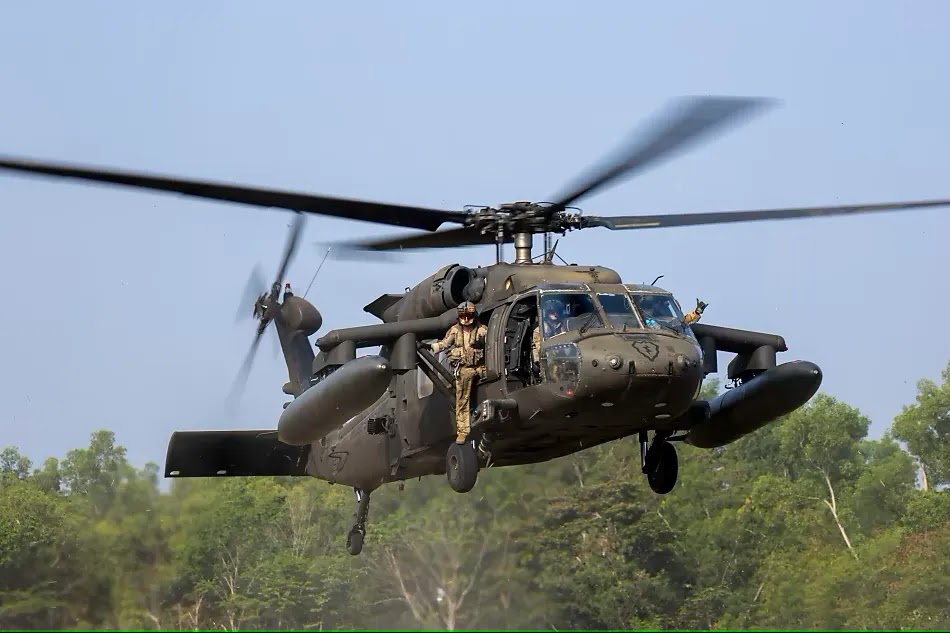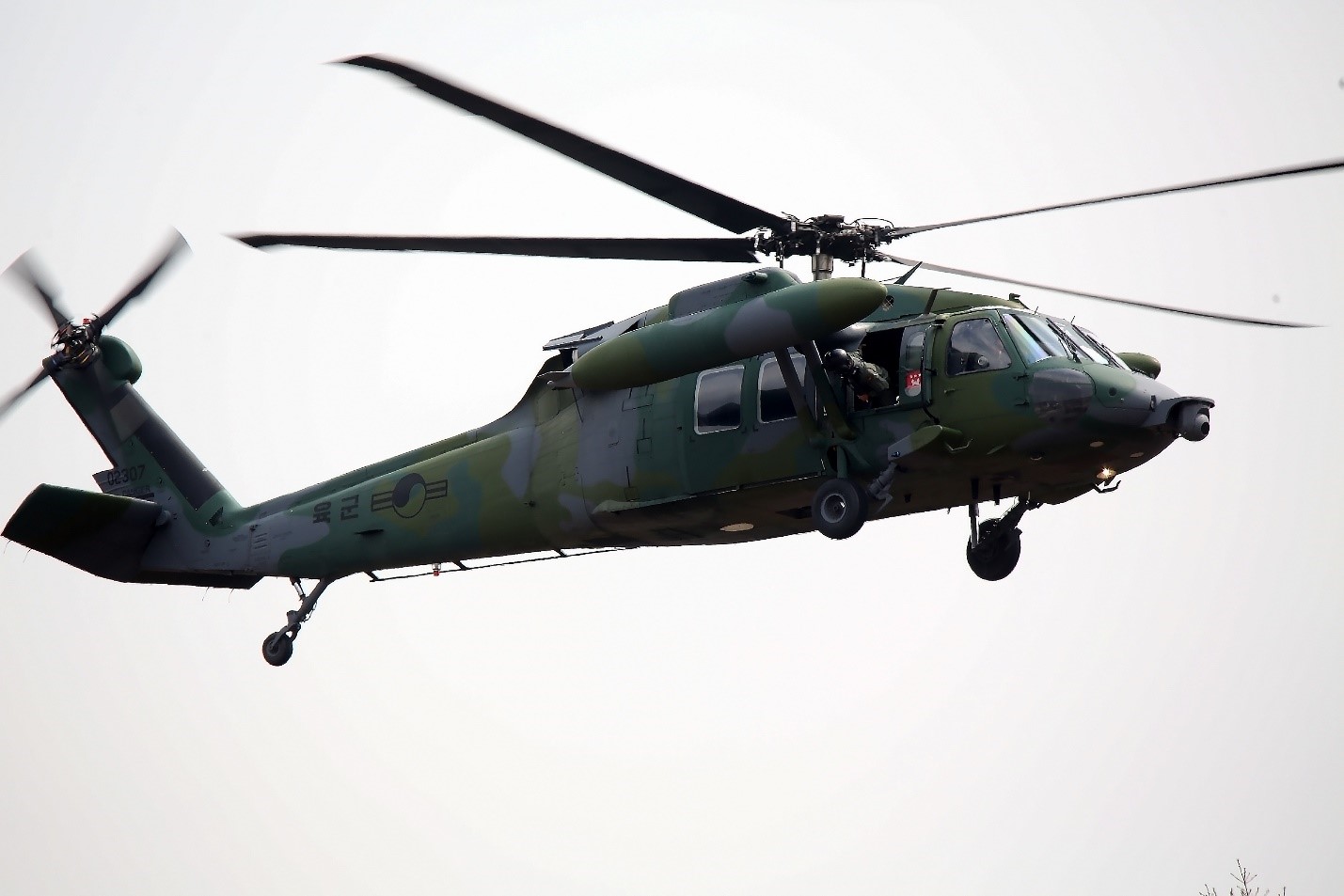The Role of the UH 60 in Combat Zones: Enhancing Mobility and Operational Efficiency
The Role of the UH 60 in Combat Zones: Enhancing Mobility and Operational Efficiency
Blog Article
Discovering the Background and Development of the UH 60 Helicopter

Beginnings of the UH-60
The origins of the UH-60 helicopter can be traced back to the late 1960s, a period marked by the need for a flexible utility aircraft that might adjust to the developing needs of contemporary war. The U.S. Army acknowledged the requirement for a substitute for the older UH-1 Iroquois, which was ending up being progressively insufficient for the complexities of modern combat situations. In 1967, the Military initiated the Utility Tactical Transportation Airplane System (UTTAS) program, which sought to create a multi-role helicopter with the ability of different goals, including troop transportation, clinical emptying, and logistical support.
The design competitors drew in a number of aerospace manufacturers, yet it was Sikorsky Aircraft Firm that ultimately secured the contract in 1972. The UH-60 Black Hawk was presented, showcasing ingenious design components and advanced technology that set it aside from its predecessors. Its first trip occurred in 1974, and the aircraft was officially embraced by the Army in 1979. The UH-60 rapidly gained recognition for its durable performance, dependability, and flexibility, paving the means for its considerable use in armed forces operations and solidifying its standing as a foundation of united state Military aeronautics.
Key Style Features
Ingenious design functions of the UH-60 Black Hawk considerably add to its functional efficiency. Among one of the most remarkable elements is its twin-engine arrangement, which enhances integrity and offers a greater power-to-weight ratio, allowing the helicopter to perform under various problems. The airplane's four-blade main rotor system provides improved lift and maneuverability, important for tactical goals.

Additionally, the cabin is created for optimal visibility and ergonomics, including innovative avionics that improve pilot procedures. The modular design of the UH-60 allows for easy maintenance and versatility, making it suitable for different goal accounts, from army transportation to medevac operations. These vital design attributes guarantee that the UH-60 Black Hawk continues to be a versatile and dependable possession in army aviation, efficient in satisfying the needs of modern warfare.
Technical Developments
Recent technical advancements in the UH-60 Black Hawk have dramatically improved its functional capabilities and convenience. The integration of advanced avionics, such as electronic trip control systems and improved situational recognition display screens, permits pilots to operate with boosted precision and effectiveness. These systems assist in boosted navigation, interaction, and data sharing, allowing the helicopter to work effectively in varied environments.
Additionally, the introduction of composite materials has reduced the general weight of the aircraft while preserving structural honesty. This reduction enhances fuel efficiency and extends functional array. The incorporation of advanced blades modern technology, consisting of using four-blade, fully articulated rotor systems, has actually boosted lift performance and ability to move, permitting far better handling in various flight conditions.

Furthermore, improvements in propulsion systems, such as the T700-GE-701D engines, have enhanced power outcome and reliability - uh 60. These engines add to exceptional performance in high-altitude and hot-weather problems
Lastly, the assimilation of self-defense systems and boosted sensing unit bundles boosts the Black Hawk's survivability and objective performance. Jointly, these technological renovations make sure that the UH-60 Black Hawk stays an essential asset in modern-day aeronautics, qualified of adjusting to the progressing needs of altruistic and army missions.
Duty in Armed Force Workflow
As the foundation of U.S. Army read the article aviation, the UH-60 helicopter plays an important role in numerous armed forces procedures, acting as a flexible system for battle assistance, transportation, and medevac missions - uh 60. Its layout integrates the capacity to operate in varied environments, making it important for army movement and logistical support in both unique and conventional war

In clinical discharge situations, the UH-60 has proven invaluable, dramatically lowering the moment to deliver damaged soldiers from the battlefield to clinical facilities. Its innovative avionics and evening vision abilities further make sure mission success under difficult problems. Generally, the UH-60 helicopter remains a vital property, continually adjusting to satisfy the evolving needs of military procedures and improving the effectiveness of united state forces worldwide.
Future of the UH-60
Looking in advance, the future of the UH-60 helicopter includes considerable developments in modern technology and capabilities made to enhance its operational efficiency. As military operations advance, the UH-60 is expected to integrate innovative technologies, including boosted avionics, enhanced tools systems, and progressed communication tools. These improvements will enable higher situational awareness and objective flexibility, making sure that the UH-60 continues to be an important possession on the battlefield.
One significant development is the combination of fly-by-wire systems, which will certainly improve flight control precision and lower pilot work. Initiatives to upgrade the airframe and engines aim to increase haul, speed, and range capability, consequently increasing the helicopter's operational scope.
The future also holds guarantee for enhanced interoperability with unmanned airborne systems (UAS), allowing worked with missions that utilize both manned and unmanned abilities. Additionally, the consolidation of expert system and artificial intelligence might enhance anchor flight dynamics and upkeep procedures, leading to lowered functional expenses.
Final Thought
The UH-60 Black Hawk helicopter represents a considerable accomplishment in military aeronautics, advancing from the united state Military's preliminary requirements for a versatile energy aircraft. Its innovative design features and continual technological developments have ensured its relevance in numerous armed forces operations over the decades. As the demands of contemporary warfare modification, the future of the UH-60 will likely entail further improvements and adjustments, enhancing its standing as an important property for armed pressures worldwide.
The UH-60 Black Hawk helicopter represents a considerable milestone in army air travel, arising from the U.S. Army's quest for a much more reliable and flexible utility airplane in the late 20th century.The beginnings of the UH-60 helicopter can be traced back to the late 1960s, a duration noted his comment is here by the demand for a versatile utility aircraft that can adapt to the evolving demands of modern-day warfare. Generally, the UH-60 helicopter remains an essential possession, continually adapting to satisfy the progressing demands of armed forces procedures and enhancing the performance of United state forces worldwide.
Looking in advance, the future of the UH-60 helicopter entails significant innovations in technology and capabilities made to enhance its operational efficiency.The UH-60 Black Hawk helicopter stands for a significant accomplishment in armed forces aeronautics, developing from the U.S. Military's preliminary requirements for a functional utility aircraft.
Report this page